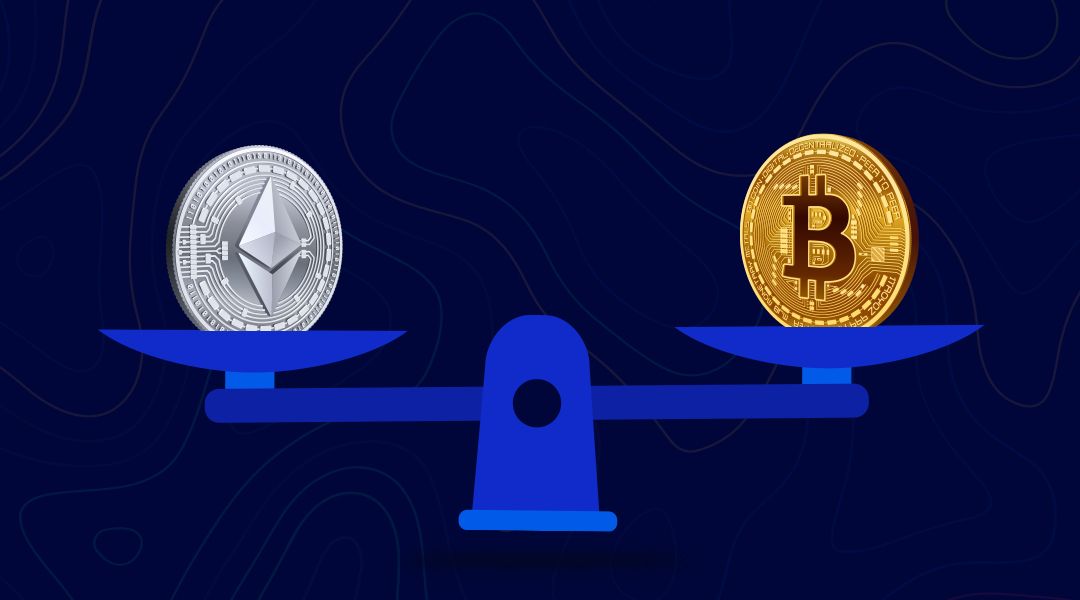
Are Stablecoins Really the Safest Coin in Cryptocurrency?
Stablecoins have become a crucial part of the cryptocurrency market due to their ability to offer stability in an otherwise volatile market. Unlike other cryptocurrencies, stablecoins are tied to a currency or commodity, which provides a level of predictability and safety for traders.
A stablecoin is a cryptocurrency that costs as much as the currency (e.g. U.S Dollar) or commodity (e.g. gold) it is tied to. This coin came about because of the volatility of other cryptocurrencies.
But why are stablecoins so important?
Bitcoin is undeniably the biggest coin in the market, yet it’s often plagued by volatility. Bitcoin is so volatile that a statement from a high-profile financial institution or person could switch up the price of bitcoin overnight.
This factor makes transactions with Bitcoin challenging because traders want to avoid selling a coin way lower than the actual price. The story of who bought two pizzas with 7 Bitcoins brings back memories. The need for a more ‘stable’ crypto coin was born.
As with government-issued currencies with rare daily price spikes, crypto coins need stability to be fully considered a medium of exchange. Stablecoins fill this void. Because they’re tied to something, they maintain a higher level of stability.
WHAT ARE THE TYPES OF STABLECOINS?
There’s an ongoing argument on if we can use crypto coins as a digital currency. Stablecoins answer this.
Different mechanisms have been created to maintain the prices of stablecoins, and we’ll look at that briefly.
Fiat-Collateralised Stablecoins:
This is backed by fiat currency, such as the U.S. Dollar, as its collateral. Sometimes it’s also tied to other essential commodities like gold, crude oil or silver.
The critical thing about fiat stablecoins is how independent entities issue them. For example, USDT is issued by Tether and is currently the market’s largest and most popular stablecoin. As of March 2023, USDT has a market cap of over $85 billion. Another example is USDC, issued by Circle, with a market cap of over $50 billion.
Crypto-Collateralised Stablecoins:
This is backed by other cryptocurrencies.
Here is where it gets trickier. Because a cryptocurrency-as-collateral means it’s also prone to high volatility. That’s why it requires more certainty through over-collateralisation (meaning the reserves will exceed the value of the issued stablecoin). For example, MarkerDAO DAI stablecoin is pegged to the USD, ETH and other cryptocurrencies worth over 150% of the total DAI in circulation. So if there are 2 million ETH in circulation, only 1 million DAI can be issued.
Algorithmic Stablecoins:
This is backed by a series of algorithms, a computer program running a series of codes. Algorithmic stablecoins may or may not have asset reserves to fall back on.
For those without, the possibility of a catastrophic crash is possible. An example is the TerraUSD (UST) crash of over 60% in May 2022. Its counterpart, the LUNA, evaporated by about a whopping 80% off the market.
ARE STABLECOINS SUPERIOR?
Unlike other crypto coins that primarily rely on mainstream attention, strong opinion and other uncontrollable circumstances, a stablecoin is usually pegged to an actual currency. Perhaps a disadvantage is that BTC and altcoins mostly rely on supply and demand economics and, so, are volatile.
The relative non-volatility of stablecoins makes them a better medium of exchange.
PROBLEMS WITH STABLECOINS
Even good things come with their flaws.
With stablecoins, the value comes from real-world assets like the USD. However, even those are only so stable for too long. For example, in 2020, the USD-pegged stablecoin DAI briefly traded at over $1.30 due to a surge in demand. So much for stability!
Because government-issued currencies suffer inflation and can lose some value, stablecoin sometimes but very rarely suffer the same fate.
To wrap up, worth a mention is a recent event that perfectly illustrates this:
The Stablecoin–Silicon Valley Bank Debacle
Just a week ago, Forbes listed Silicon Valley Bank (SVB) as one of ‘America’s Best Banks’ for the fifth year in a row. But within the past few hours, SVB has collapsed: the second-biggest bank collapse in the U.S.
What does this have to do with stablecoins?
SVB, a 40-year-old TradFi bank, had a significant contagion, Circle. Remember Circle (from above), which issues the stablecoin, USDC? Well, they had 25% of the funds backing this stablecoin in SVB. Yikes. Pressure was mounted on Circle to de-peg USDC below $1. The news brought reactions from big tech like Binance and Coinbase, as they briefly suspended all transactions involving auto-conversion or withdrawal of USDC.
By the following Monday, USDC re-pegged back to a $1. Talk about stability once again!
This means a stablecoin is only as safe as your local fiat currency if the backing reserve doesn’t get hit.
Are you interested in buying stablecoins? Sign up with Busha to get started.

